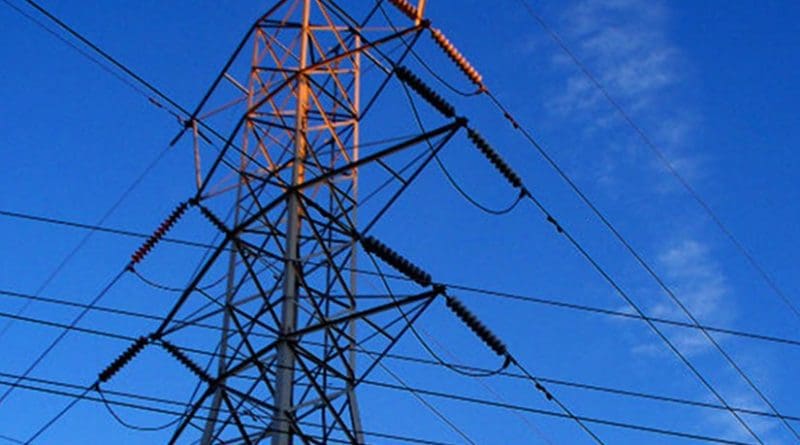IEA Report Sets A Course For Doubling Hydroelectricity Output By 2050
The International Energy Agency (IEA) and the Ministry of Mines and Energy of the Federative Republic of Brazil show in a report released today how to double hydroelectricity production by 2050, an achievement that could prevent annual emissions of up to 3 billion tonnes of CO2 from fossil-fuel plants.
The report, Technology Roadmap: Hydropower, challenges the notion that the world’s hydroelectric resources have peaked. Instead, it says emerging economies have significant potential to generate electricity from large plants. The publication details action needed from policy makers to allow hydroelectric production to double, and addresses necessary conditions, including resolving environmental issues and gaining public acceptance.
“Hydroelectricity is a very cost-effective technology already,” IEA Deputy Executive Director Richard H. Jones said at the launch of the report during the HYDRO 2012 conference in Bilbao. “However, new developments face tough financial challenges. Governments must create a favourable climate for industry investment when designing electricity markets.” Albert Geber de Melo, General-Director of the Brazilian Electric Energy Research Centre (CEPEL), noted that in emerging economies and developing countries, “large and small hydropower projects can improve access to modern energy services, alleviate poverty and foster social and economic development, especially for local communities”.
Hydropower is the leading renewable electricity generation technology worldwide, with new capacity additions since 2005 generating more electricity than all other renewables combined. Technology Roadmap: Hydropower describes the sector’s diversity, ranging from run-of-river to reservoir plants plus pumped-storage hydropower, and calls for a holistic approach to deployment that takes into account other aspects of water management.
Hydroelectricity’s many advantages include reliability, proven technology, large storage capacity, and very low operating and maintenance costs. Hydropower is highly flexible, a precious asset for electricity network operators, especially given rapid expansion of variable generation from other renewable energy technologies such as wind power and photovoltaics. Many hydropower plants also provide flood control, irrigation, navigation and freshwater supply.
In particular, the new report urges policy makers to establish or update the inventory of hydropower potential, at river basin level where appropriate, including options to upgrade existing plants or add hydropower units to dams originally developed for other purposes; Set hydropower development plans with targets, and develop a policy framework and market design for projects; Ensure that developers and operators document their approach to sustainability, such as filing environmental assessment reports or adopting voluntary protocols; Include the financing of hydropower on governments’ policy agendas and develop new public risk-mitigating financial instruments, especially for developing countries.

